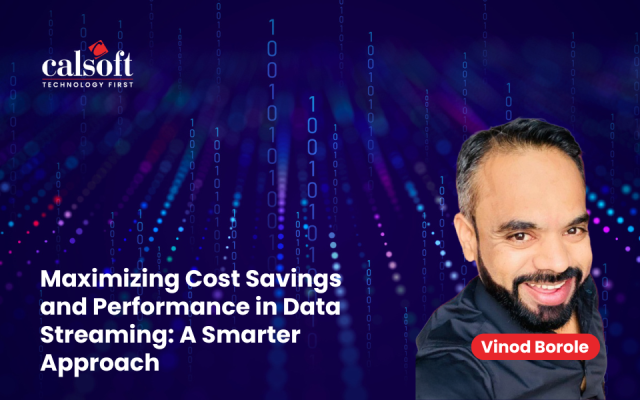When we talk about IT infrastructure, it consists of three major components – compute, storage and networking. In the new era of IT, virtualization has given a new shape to these technologies. This write-up is to understand how we can leverage the power of network virtualization with the help of automation.
Before talking about network virtualization concept, let’s raise this question – why we need virtualization? Does it make our life simple? I will not hesitate to say “yes”; but at the expense of stepping out from comfort zone of legacy systems and learning new concepts. Many of you may not agree with me now until I justify my point by highlighting power of virtualization along with automation.
Virtualization, the term is commonly used for Server virtualization or virtual machines. However, the horizon has been extended to the new concepts like Network Function Virtualization (NFV) and Software Defined Storage (SdS). As SdS is beyond the scope of this discussion, let’s restrict our focus on NFV here. NFV provides a complete virtualized network platform with virtual switches. There are multiple vendors who provide NFV solution like VMware VDS (Virtual Distributed Switch), OVS (Open Virtual Switch), Cisco Nexus 1000v, Juniper Contrail and many more. NFV is also a critical component in Cloud Infrastructure as Service (IaaS), also referred as Virtualized Datacenter.
Well, what is the role of automation in this world? Automation helps to leverage the advantages of network virtualization technology in a better way by addressing the challenges in virtual network. Some of the major challenges are –
Scalability: Scalability is a major challenge in legacy systems in network domain due to complexity and hardware constraints. Virtualization provides platform to make the infrastructure independent of underlying hardware. However, this does not address the problem in real sense. We can scale the virtualized network programmatically with limited effort and time. Let’s take a simple example here. If I want to extend the existing virtual datacenter with 10 servers to 100 and connect them through a virtual switch manually, it will take a significant amount of time to deploy each virtual server one after the other and configure switch to provide connectivity between them thus leading to unacceptable downtime. This task can be simplified by running a script to deploy each virtual server seamlessly followed by switch connectivity without any manual effort ensuring minimum downtime.
Reduction of OpEx: As the name explains, automation greatly reduces the operating expenditure by reducing efforts on deployment and maintenance further complying with SLAs.
Migration from legacy system: The greatest nightmare for any organization is to migrate the production environment from legacy system to virtualized platform. The criticality becomes more in case of network migration. Automation plays a vital role in this case. An automation script can ease the retrieval of the configurations from existing network’s switch or router and make an exact replica of virtualized environment without the risk of human errors.
Part – 2 of this post will various categories of Automation.
Share your views with us marketing@calsoftinc.com






